This answer is a simple NO.
There is no way in chess that you can use your king to check your opponent’s king or vice versa.
Let’s explain why:
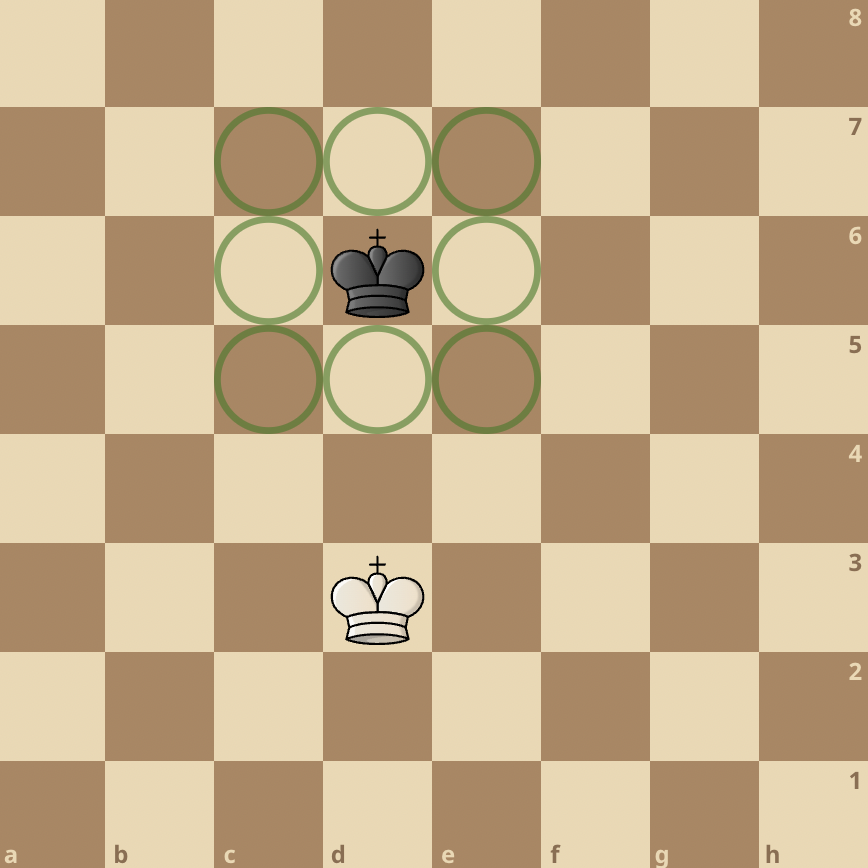
In the above position, the Black king controls the squares c7, d7, e7, c6, e6, c5, d5, e5 – 8 squares in total.
If it were possible for the White king to check the Black king, it’ll look like this:

But this position absolutely violates the laws of chess because it’s like placing the White king in Black’s space where Black can capture and take it off the board on the very next move.
But that doesn’t work because you can’t capture a king like you will, a knight, queen or bishop. It can only be checkmated by checking it and covering any chance of escape.
Moving your king adjacent to the opposing king as we see in the position above is synonymous to being checked by your opponent’s queen yet you still move your king in that diagonal.
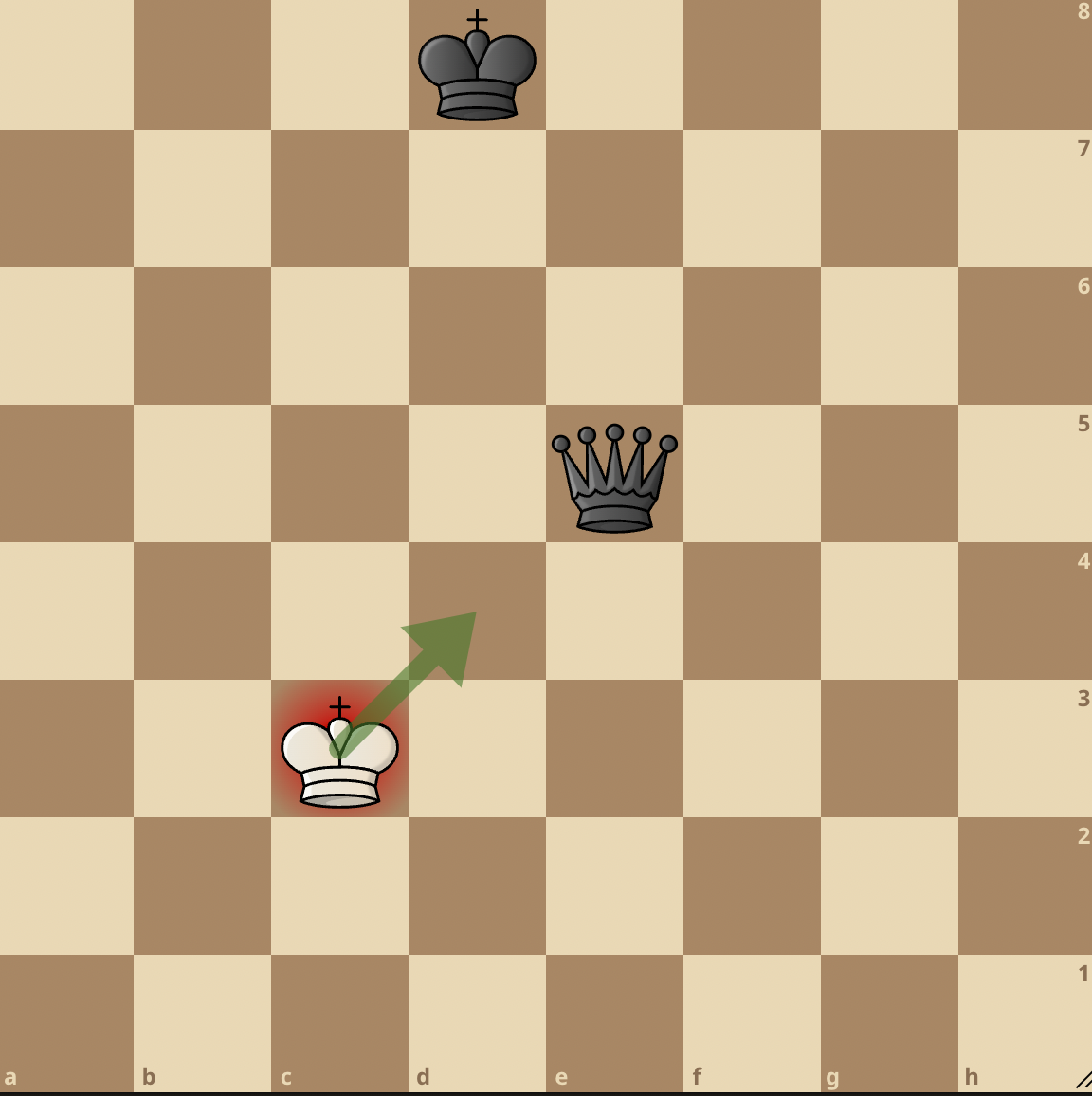
You should always keep it top of mind that a king can take out any other chess piece except the opponent’s king.
Checkmating your opponent’s king can only be done with the other pieces. All your king can do to attack the other king is provide support to the queen, rook, knight, bishop, or pawn(s).
So, What Happens When Two Kings Are Left on the Board?
If only two kings are left on the chessboard with every other piece off the board, then it’s a dead draw.
You already know that your king cannot attack another king directly, so the best that you can do is aimlessly move over the board till either you or your opponent is tired and a draw is declared.
If such happen in a tournament (and it does frequently happen), both players get ½ points each.
For a reference, a win is usually +1 point, a loss is -1 and a draw is ½ point.
The same type of draw occurs when there are two kings and a single knight left on the board. Or two kings and a bishop.
Your king and a single knight or bishop cannot possibly drive your opponent into a corner for a checkmate because they can’t cover all the necessary squares to carry out a checkmate.
What Happens When Your Opponent Attacks Your King With His King?
Suppose it happens during your game that your opponent attacks your king with his king, this means that your opponent has made an illegal move and this has consequences.
Here are the exact steps you should take when your opponent makes an illegal move in such a scenario:
- Pause the clock and summon the arbiter.
- Explain to the arbiter where your opponent made the illegal move.
- The arbiter should give you about 2-3 minutes of extra time on the clock per his discretion.
- Your opponent should withdraw the illegal move and play a legal one instead.
A second illegal move by your opponent can result in the loss of the game for them.
Sometimes the arbiter may extend this to 3 illegal moves depending on his discretion. You should remember this rule when playing in chess tournaments.
Trying to wrap your head around this? Have a look at this match between GM Vidit (White) against GM Hikaru (Black).
After Hikaru captures the d4 pawn with his king, Vidit plays the illegal move Ke3. The arbiter immediately comes in to add about 50 more seconds to Hikaru’s time as a punishment for the illegal move.
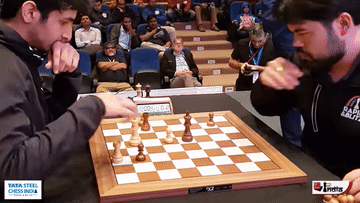
Just in case you’re wondering, Vidit resigned a few moves later because Hikaru captured White’s a-pawn and was prepared to queen his b-pawn comfortably.
Shows you that even super grandmasters are humans that make these mistakes too.
Concluding Thoughts
A king can attack other pieces only when they are not being defended.
This can happen even while the king is in check itself, a king can capture while on a check to evade the check but cannot capture into check (capturing a piece that is defended).
It’s really important to understand this.
We hope you got all the answers you needed from the article. Still have questions? Drop them in the comments sections and we’ll answer them.



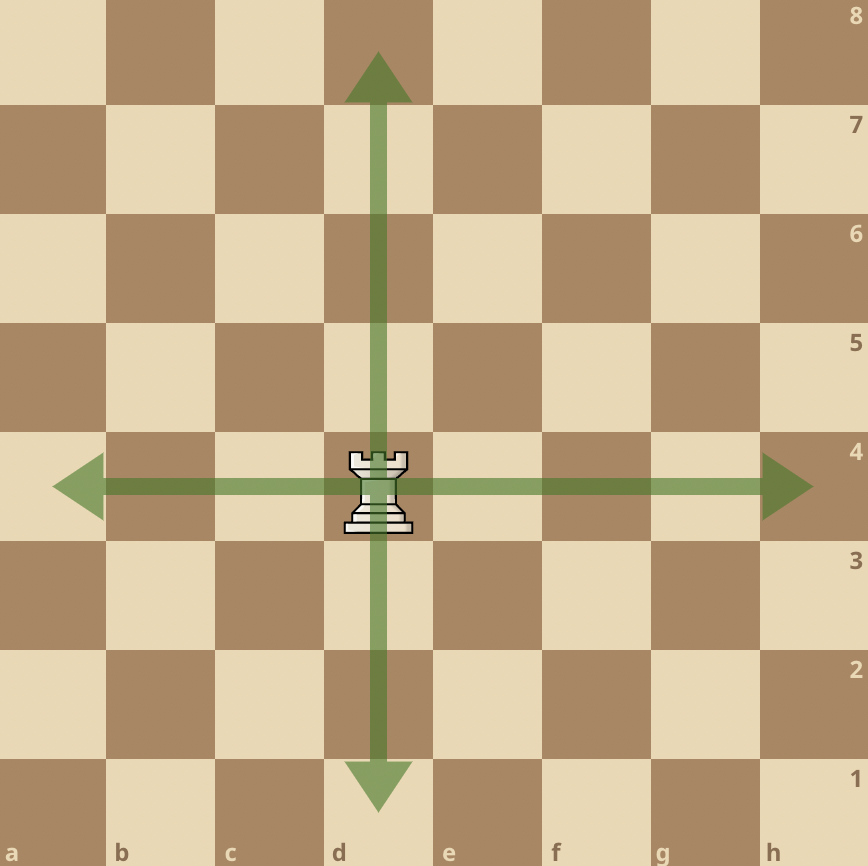
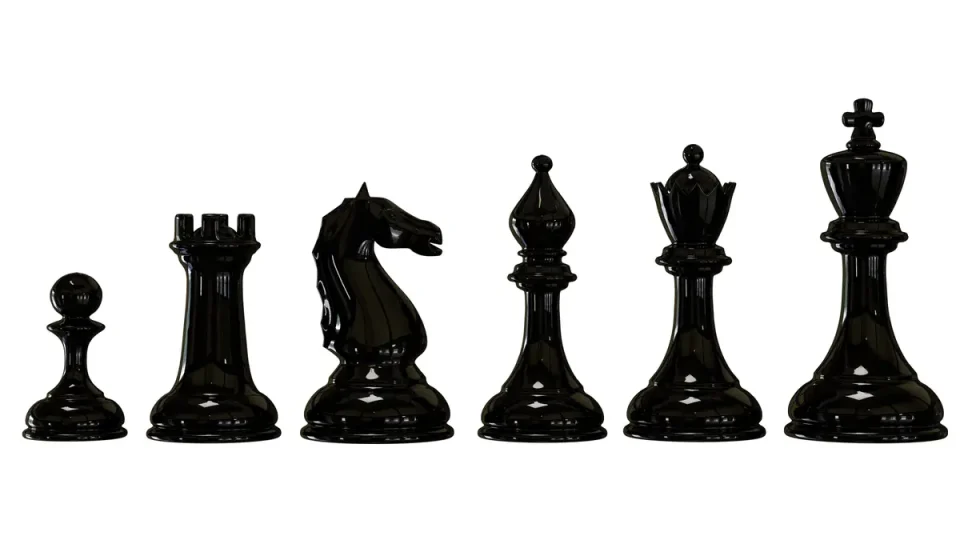
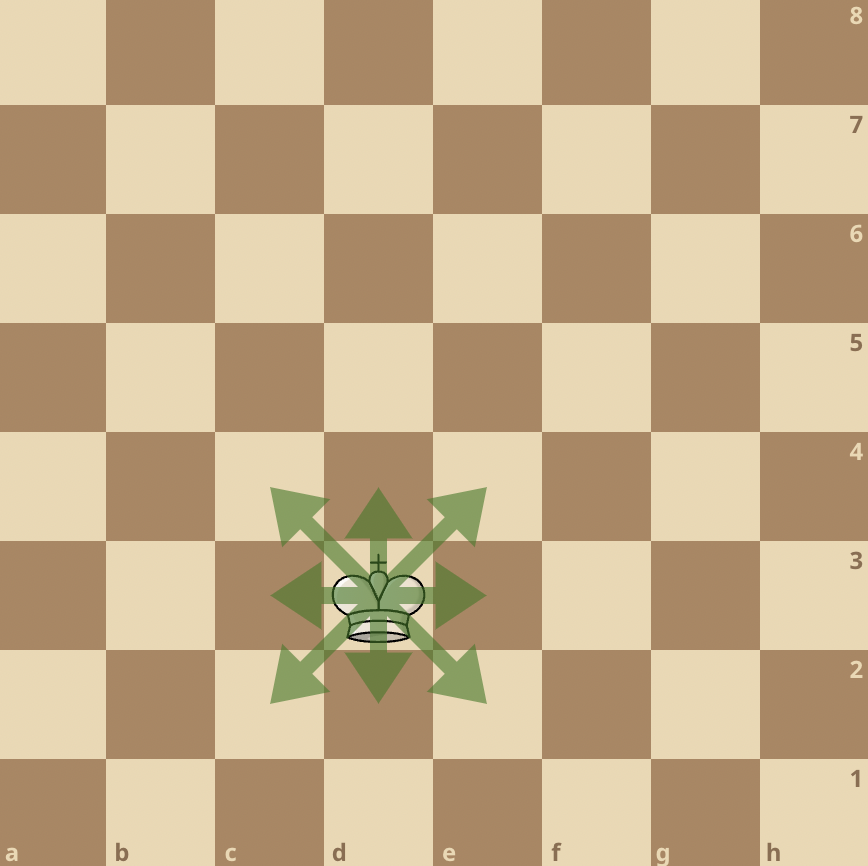
join the conversation